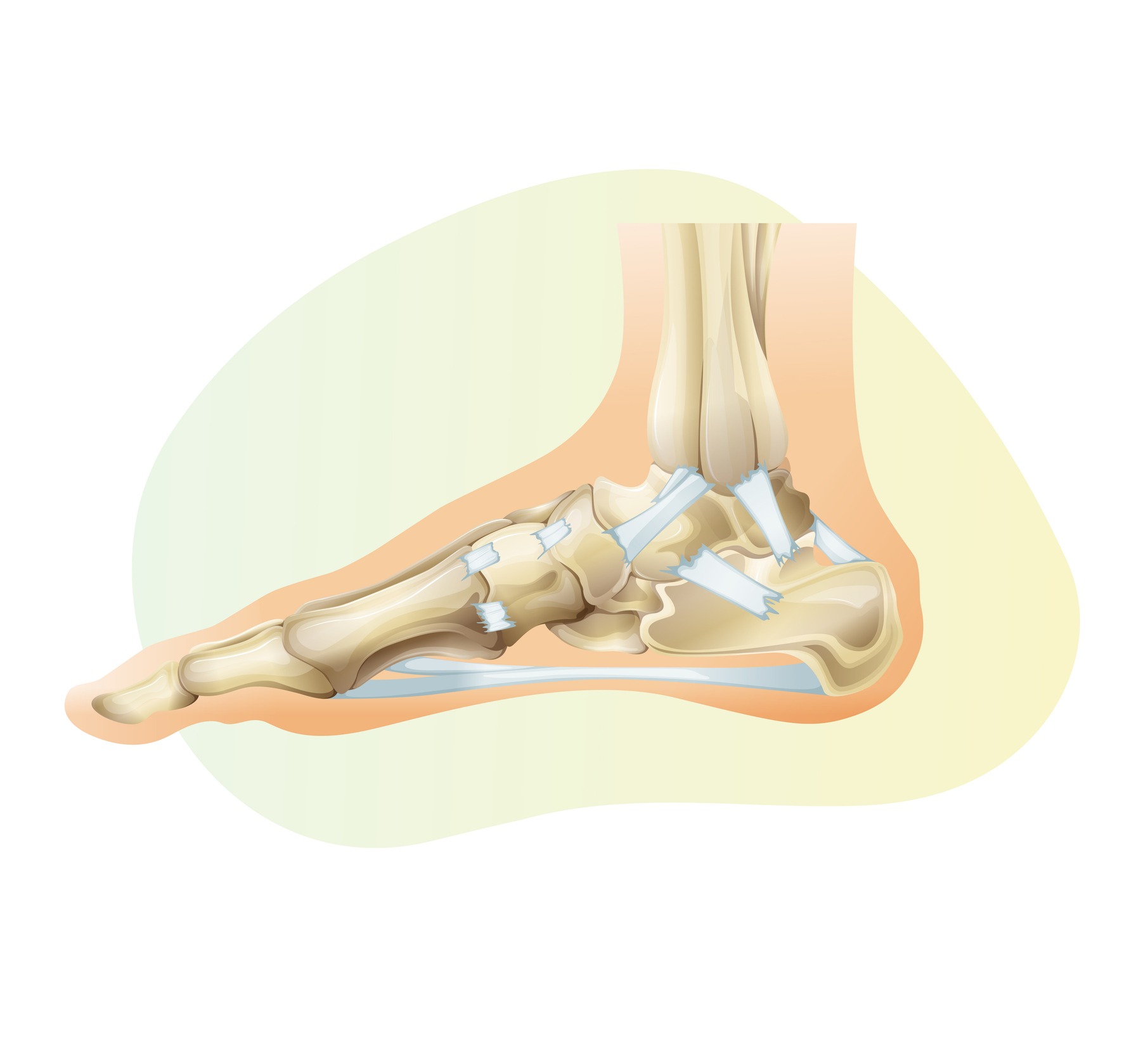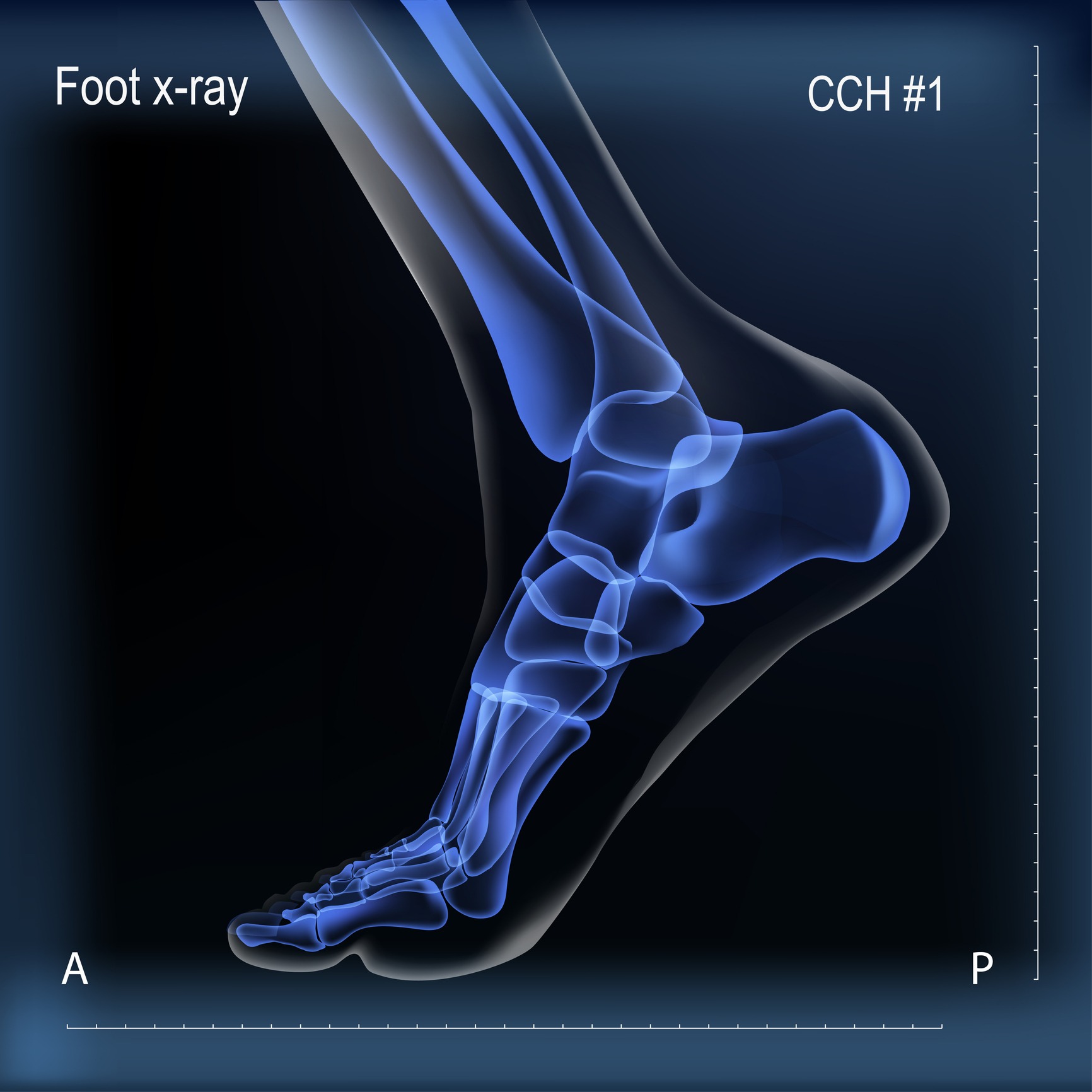Bone Repair Surgery
Bone Repair Surgery, also known as osteosynthesis, is a surgical procedure designed to fix severe bone fractures or breaks. In the context of podiatry, this procedure is often used to treat complex fractures in the foot and ankle. The surgery involves the use of internal or external fixation devices, such as plates, screws, rods, or pins, to stabilize and align the broken bones, promoting proper healing and restoring function.

Why Might You Need Bone Repair Surgery?
Bone Repair Surgery may be recommended if you experience:
- Severe Fractures: Complex or multiple fractures that cannot heal properly without surgical intervention.
- Non-Healing Fractures: Bones that have not healed correctly with non-surgical methods.
- Misaligned Bones: Fractures that have healed in a misaligned position, causing pain or functional issues.
- Bone Deformities: Congenital or acquired bone deformities that affect foot or ankle function.
- Traumatic Injuries: Significant trauma causing bone fragmentation or displacement.
- Chronic Pain: Persistent pain due to improperly healed fractures or bone conditions.
What Are the Steps in a Bone Repair Surgery Procedure?
Preoperative Preparation
- Medical Evaluation: Comprehensive review of your medical history, symptoms, and previous treatments.
- Physical Examination: Assessment of the affected area to determine the extent of the injury or deformity.
- Diagnostic Imaging: X-rays, CT scans, or MRI to visualize the fracture or bone issue and plan the surgery.
- Informed Consent: Detailed discussion of the procedure, potential benefits, and risks.
During the Procedure
- Patient Positioning: You will be comfortably positioned to allow easy access to the surgical site.
- Anesthesia: General or regional anesthesia is administered to ensure you are comfortable during the procedure.
- Incisions: Surgical incisions are made to access the fractured bone.
- Bone Alignment: The surgeon carefully realigns the bone fragments to their proper position.
- Fixation: Internal or external fixation devices are applied to stabilize the bone.
- Closure: The incisions are closed with sutures or staples, and a sterile dressing is applied.
Postoperative Care
- Observation: Monitoring in the recovery area to ensure no immediate complications arise.
- Pain Management: Medications and techniques for managing postoperative pain and swelling.
- Immobilization: Cast, splint, or brace to protect the area and support healing.
- Activity Guidelines: Instructions on caring for the surgical site and guidelines for gradually resuming normal activities.

Recovery and Rehabilitation
Postoperative Care
- Follow-Up Appointments: Scheduled visits to monitor healing, adjust fixation devices if necessary, and remove sutures or staples.
- Pain Monitoring: Keeping track of pain levels and any changes in symptoms to guide further treatment.
- Physical Therapy: Rehabilitation exercises to restore strength, flexibility, and range of motion in the affected area.
- Gradual Return to Activities: Progressive return to daily activities and sports as guided by your healthcare provider.
Potential Complications
While Bone Repair Surgery is generally safe, potential complications can include:
- Infection: Risk of infection at the surgical site.
- Nerve or Vascular Injury: Rare but possible risk of injury to nearby nerves or blood vessels.
- Nonunion: The bone may fail to heal properly, requiring additional treatment.
- Hardware Issues: Problems with the fixation devices, such as loosening or irritation.
- Stiffness or Swelling: Temporary increase in stiffness or swelling following the procedure.
Benefits of Bone Repair Surgery in Podiatry
- Pain Relief: Significant reduction in pain caused by fractures or bone deformities.
- Improved Mobility: Enhanced range of motion and functionality in the foot and ankle.
- Stabilization: Proper alignment and stabilization of broken bones, promoting optimal healing.
- Restored Function: Return to normal activities and improved quality of life.
- Prevention of Complications: Prevents long-term issues associated with improperly healed fractures or deformities.
Find a Doctor
Podiatry
Genesys Surgery CenterLivoniaView all

